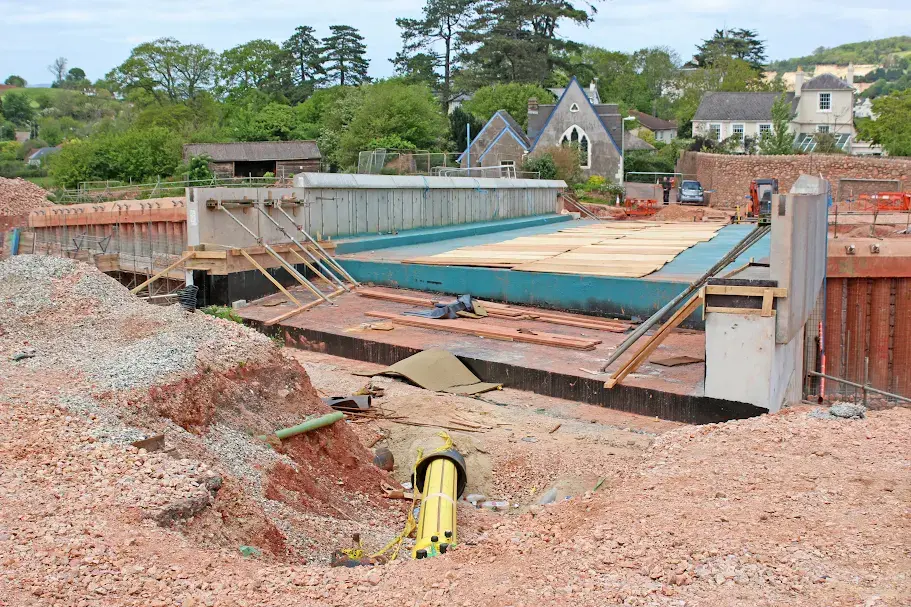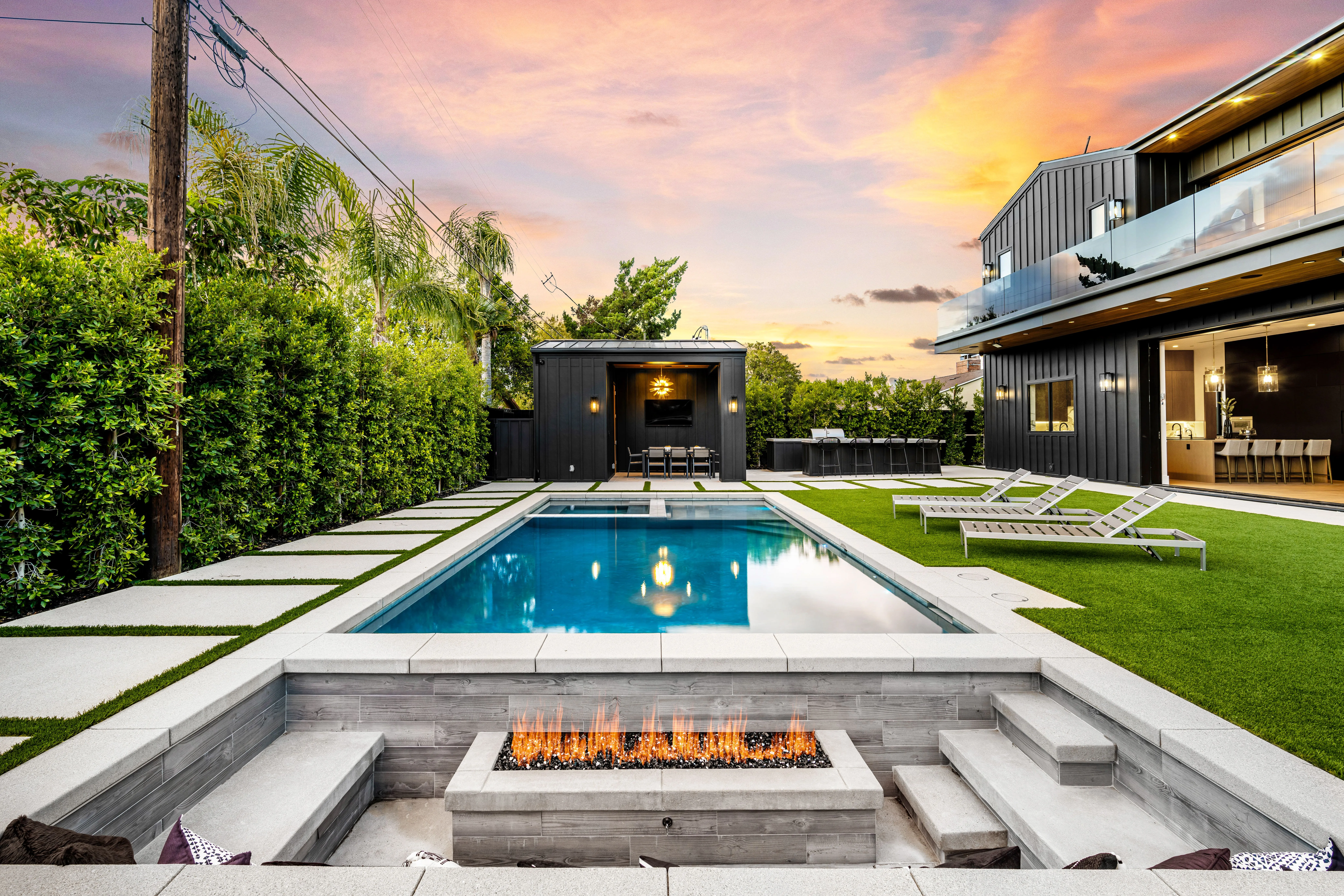Building a swimming pool is more than just a luxury upgrade—it’s an investment in comfort, property value, and lifestyle. Whether you’re designing a backyard retreat for your family or a modern feature for a commercial property, the construction process demands careful planning, technical expertise, and professional execution. Understanding each stage of swimming pool construction helps homeowners and property managers make informed decisions, avoid costly mistakes, and ensure a durable, safe, and visually stunning result.
In this detailed guide, we’ll walk you through every phase of the swimming pool construction process—from initial planning and excavation to finishing touches and maintenance. You’ll also learn how professional pool builders ensure compliance with building codes, optimize efficiency, and incorporate energy-saving systems that meet today’s sustainability standards.
1. Site Assessment and Design Planning
Every successful swimming pool construction project begins with a thorough site evaluation. In Dallas, TX, professional contractors like Luxe Lagoon Pool Designs assess critical factors such as soil type, land slope, drainage, sunlight exposure, and access points for construction equipment. This stage determines whether your chosen location can support the pool’s weight, plumbing systems, and long-term structural integrity, ensuring a safe and durable swimming pool construction that suits local climate and soil conditions.

Design planning follows, where the pool’s shape, size, and depth are finalized. Homeowners choose between concrete (gunite or shotcrete), vinyl, or fiberglass pools—each offering distinct benefits in terms of cost, maintenance, and longevity. At this point, architects also integrate decking, landscaping, lighting, and safety features to create a cohesive outdoor environment.
2. Permits and Approvals
Before excavation begins, contractors must secure all necessary permits from local authorities. This includes zoning approvals, utility clearances, and environmental compliance checks. Professional swimming pool construction companies handle this process to ensure adherence to safety regulations and building codes.
While timelines vary by region, the average permit approval for swimming pool construction takes between 2–4 weeks, depending on the project’s complexity and local administrative efficiency. Failing to obtain proper permits can result in hefty fines and potential reconstruction costs—making professional guidance essential at this stage to ensure compliance and avoid costly delays.
3. Excavation and Groundwork
Once permits are in place, excavation begins. Heavy machinery digs out the marked area according to the pool’s specifications. During this stage, precision is critical—incorrect excavation depth or uneven leveling can lead to structural weaknesses later.
After excavation, contractors stabilize the ground with gravel or compacted soil to create a firm base as part of the swimming pool construction process. Plumbing trenches for water circulation, filtration, and drainage systems are also laid out with precision. The excavation phase typically lasts 3–7 days, depending on soil conditions and weather, setting the foundation for a stable and long-lasting pool structure.
4. Structural Framework and Plumbing Installation
Next comes the swimming pool construction framework, which serves as the skeleton of the entire structure.
- Concrete Pools: Steel rebar is placed strategically to reinforce the shell.
- Vinyl Pools: A steel or polymer wall system supports the vinyl liner.
- Fiberglass Pools: The prefabricated shell is placed directly into the excavated cavity.
Simultaneously, plumbing lines for filtration, heating, and return systems are installed as part of the swimming pool construction process. This step ensures optimal water flow, pressure balance, and energy efficiency. Proper plumbing installation directly impacts long-term maintenance costs and the pool’s overall lifespan, making it a critical stage in professional pool construction.
5. Electrical and Filtration Setup
Once the framework and plumbing are complete, electricians play a crucial role in the swimming pool construction process by installing wiring for lighting, pumps, and filtration systems. This includes grounding connections for safety and energy-efficient LED fixtures for aesthetics, ensuring both functionality and visual appeal in the finished pool.
The filtration system—typically a sand, cartridge, or diatomaceous earth (DE) filter—is connected during the swimming pool construction phase to ensure clean, clear water circulation. Energy-efficient pumps are now the industry standard, reducing operational costs by up to 30–40% annually while improving water quality and overall system performance.
6. Concrete Application or Shell Installation
For concrete pools, this is where the swimming pool construction process truly takes form. Builders apply gunite or shotcrete, a high-strength concrete mix sprayed under pressure onto the steel framework. The material is then carefully shaped and smoothed to match the design, ensuring durability and precision in every stage of construction.
Fiberglass pools are different—they arrive pre-molded and are positioned using cranes. Vinyl pools, meanwhile, receive their liners after the wall panels are secured. Once complete, the shell is cured for several days to ensure full strength and stability.
7. Tiling, Coping, and Decking
This phase of the swimming pool construction process adds both beauty and functionality. Tiling enhances aesthetics and prevents algae buildup along the waterline, while coping—the stone or concrete edging—provides a clean finish and serves as a safety grip, ensuring the pool looks polished and performs safely for years.
In swimming pool construction, decking options include concrete, natural stone, or pavers, each offering unique visual and functional benefits. Professional contractors often recommend slip-resistant surfaces for safety, especially in residential and commercial pool areas, ensuring both durability and comfort for everyday use.
8. Equipment Setup and Water Testing
After structural and finishing work, the pool equipment—pumps, filters, heaters, and automation systems—is installed. Technicians then perform pressure testing to detect leaks and ensure the plumbing system is airtight.
The pool is filled gradually, and water chemistry is balanced with chlorine, pH stabilizers, and alkalinity agents. A professional technician typically conducts the initial water analysis to ensure compliance with safety and sanitation standards.
9. Landscaping and Final Touches
To complete the project, surrounding landscaping, lighting, fencing, and furniture are added. Many homeowners choose to integrate energy-efficient LED lighting or smart pool controls that connect to mobile apps for convenience.
This stage enhances both aesthetics and usability—transforming the construction site into a fully functional outdoor living space.
10. Final Inspection and Handover
Before handover, a final inspection ensures everything meets safety and quality standards. The builder checks electrical systems, plumbing, and filtration efficiency. Once approved, homeowners receive a maintenance guide and warranty details.
From the first dig to the final inspection, the complete swimming pool construction process typically takes 6–12 weeks, depending on design complexity, weather, and permit timelines.
Conclusion
A swimming pool isn’t just a home improvement project—it’s a lifestyle investment. Understanding the step-by-step swimming pool construction process helps you plan realistically, budget effectively, and ensure a high-quality result that enhances property value and enjoyment. Working with certified, experienced pool construction professionals ensures compliance with safety regulations, energy efficiency, and long-term durability. Whether residential or commercial, a well-built pool offers years of relaxation, recreation, and return on investment.
Frequently Asked Questions
1. How long does it take to build a swimming pool?
On average, a residential swimming pool takes 6 to 12 weeks from design to completion. Factors like weather, material choice, and permit approvals can extend the timeline.
2. What’s the average cost of swimming pool construction?
As of 2025, the average cost ranges between $45,000 and $85,000 for in-ground pools, depending on size, materials, and added features like lighting or heating.
3. Which pool type lasts the longest?
Concrete (granite) pools last the longest—typically 30–50 years with proper maintenance. Fiberglass pools average 25–30 years, while vinyl liners require replacement every 7–10 years.
4. Is it worth adding energy-efficient systems during construction?
Yes. Installing energy-efficient pumps and LED lighting can reduce energy costs by up to 40%, while smart controls improve filtration and chemical balance automatically.
5. What maintenance is required after construction?
Routine maintenance includes cleaning filters, balancing water chemistry, and inspecting pumps and lighting. Professional pool maintenance services are recommended every 3–6 months to extend the pool’s lifespan and performance.


